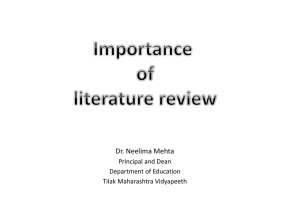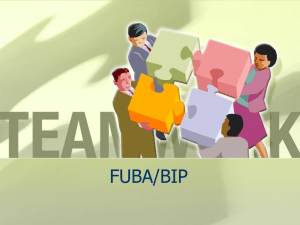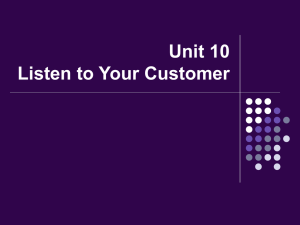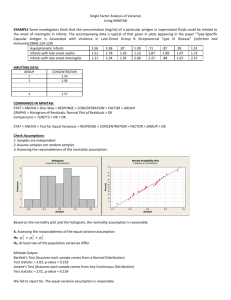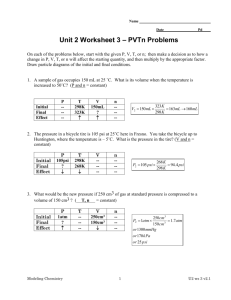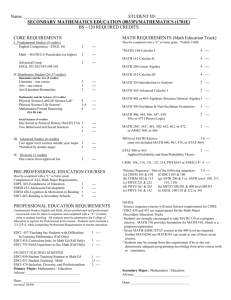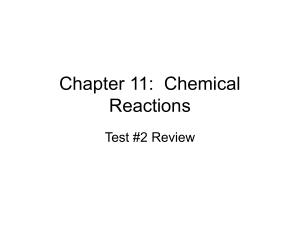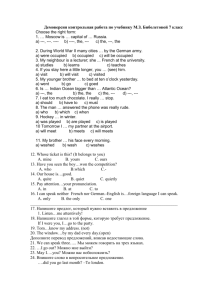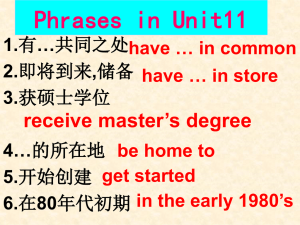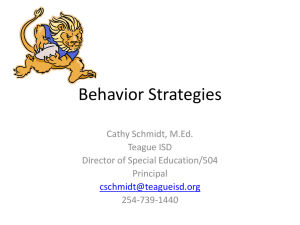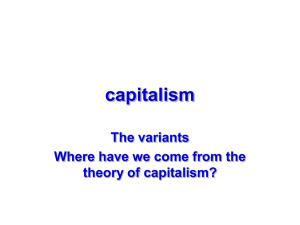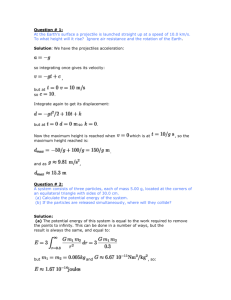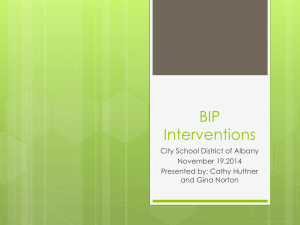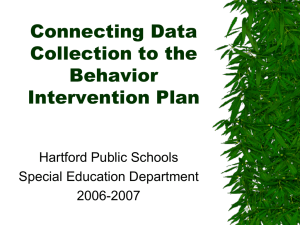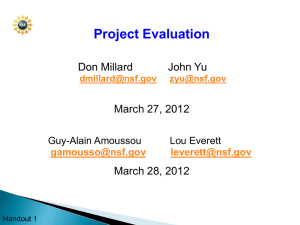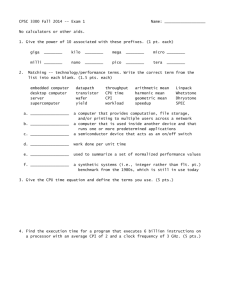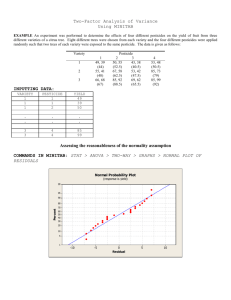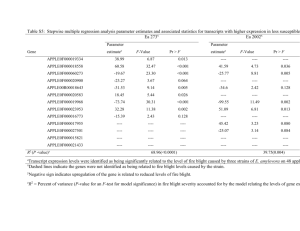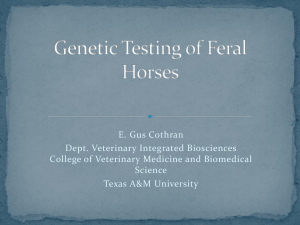Functional Assessment & Behavior Support Plans
advertisement
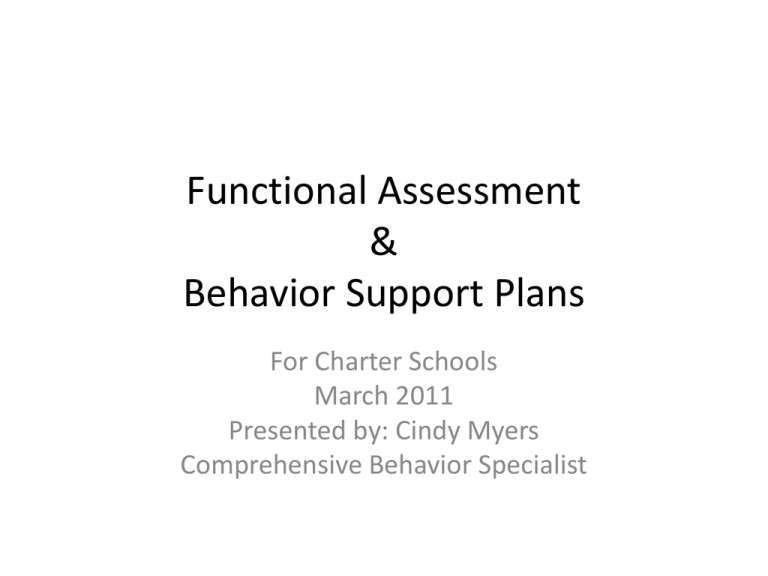
Functional Assessment & Behavior Support Plans For Charter Schools March 2011 Presented by: Cindy Myers Comprehensive Behavior Specialist Behavior Serves a Purpose • Get/Obtain – Attention – Tangible – Activity – Sensory • Avoid/Escape – Attention – Activity – Sensory, pain, discomfort • To determine what purpose or function the behavior serves for an individual, you must conduct a functional assessment! Functional Assessment is a Process Determine characteristics of the – Individual – Environment that exert an influence on the appearance of behavior Characteristics of the Individual: • Physical – Health related difficulties that affect sleep, mood, general wellbeing, affect/emotion • Learning – Executive function, memory, language-communication, auditory or visual, individual vs group instruction, strategies, processing, math-reading-writing • Self-regulation – “constitutional” factors, tolerance to stimuli, executive function, frustration tolerance, delay of gratification, organization, attention, concentration, self-soothing • Social-emotional – Response to authority, coop with peers, interests, friendships, support network, problem solving, introvert/extrovert Characteristics of the Environment • Structure – Physical layout, temporal organization, stimulation, transitions, predictability • Instruction – Planning, organization, support, style, group size • Expectations for Behavior – School & classroom expectations, taught, precorrection, praise, systematic reinforcement, feedback • Teacher & Relationship factors – Preparation, skill, personal attributes, style, flexibility To repeat: • Functional Assessment is a process • to gather information about factors related to the student and the environment • that influence behavior • To determine what purpose the behavior serves for the individual 3 different methods of FA • Interviews, checklists, & questionnaires • Direct Observation • Functional Analysis Manipulations Functional Analysis Manipulations • Mini experiments • Not recommended in school settings Interviews, Checklists, Questionnaires • A variety of instruments, tools, forms for collecting information • Common tools include: – File review – FAI, Student Directed FAI – MAS – FAST – District specific forms • One of these alone does not constitute a FA! Motivation Assessment Scale Durrand & Crimmins 3/22/11 MOTIVATION ASSESSMENT SCALE (Durand & Crimmins, 2001) ITEM 1. Would the behavior occur continuously, over and over, if this person was left alone for long periods of time? (For example, several hours.) RESPONSE Never Almost Never Seldom Half the Time Usually Almost Always Always 0 1 2 3 4 5 6 2. Does the behavior occur following a request to perform a difficult task? 0 1 2 3 4 5 6 3. Does the behavior seem to occur in response to your talking to other persons in the room? 0 1 2 3 4 5 6 4. Does the behavior ever occur to get a toy, food, or activity that this person has been told he/she can’t have? 0 1 2 3 4 5 6 Would the behavior occur repeatedly, in the same way, for very long periods of time, if no one was around? (For example, rocking back and forth for over an hour.) 0 1 2 3 4 5 6 6. Does the behavior occur when any request is made of this person? 0 1 2 3 4 5 6 7. Does the behavior occur whenever you stop attending to this person? 0 1 2 3 4 5 6 8. Does the behavior occur when you take away a favorite toy, food, or activity? 0 1 2 3 4 5 6 9. Does it appear to you that this person enjoys performing the behavior? (It feels, tastes, looks, smells, and/or sounds pleasing) 0 1 2 3 4 5 6 10. Does this person seem to do the behavior to upset or annoy you when you are trying to get him or her to do what you ask? 0 1 2 3 4 5 6 11. Does this person seem to do the behavior to upset or annoy you when you are not paying attention to him/her? (For example, if you are sitting in a separate room, interacting with another person) 0 1 2 3 4 5 6 12. Does the behavior stop occurring shortly after you give this person the toy, food, or activity he/she has requested? 0 1 2 3 4 5 6 13. When the behavior is occurring, does this person seem calm and unaware of anything else going on around him/her? 0 1 2 3 4 5 6 14. Does the behavior stop occurring shortly after (1 to 5 minutes) you stop working or making demands of this person? 0 1 2 3 4 5 6 15. Does this person seem to do the behavior to get you to spend some time with him/her? 0 1 2 3 4 5 6 16. Does this behavior seem to occur when this person has been told that he/she can’t do something he/she had wanted to do? 0 1 2 3 4 5 6 5. Information to Consider: • Communication Style • Social Support Network • Student Learning Style compared to Teacher Style (Environmental Fit) • History of the Behavior & Previous Interventions • Impact or Seriousness of Behavior Now What? • Analyze the information • Are there setting events consistently associated with the behavior? • Are there antecedents or triggers consistently associated with the behavior? • What consequences maintain the behavior? • What function does it serve? • Keep a “paper trail” of the process! • The culmination of the information gathering process is to end up with a hypothesis about the function of the behavior! Develop a Hypothesis Setting events Antecedent/triggers Behavior Function Collect Direct Observation Data • Direct Observation data either – Provides evidence to support your hypothesis – Provides evidence that you may want to revise your hypothesis Direct Observation Data • Best choices • FAO by Dr. Rob O’Neill • Structured A-B-C form (modified from Brian Iwata) Structured A-B-C Structured Antecedent-Behavior-Consequence Analysis Form Date Time Staf f Student:___________________________ Behavior(s): 1. 2. 3. Use this f orm to identif y situational f actors related to the occurrence of a behavior problem. Each time the behavior occurs, record the date, time and your initials. Use check marks to identif y the target behavior, location, activity, and w hat happened immediately bef ore and af ter the behavior. Location: Desk Horseshoe table Playground Caf eteria Regular ed. room Other Data on antecedents and consequences can be summarized in the boxes below (note: some behaviors may ref lect more than one f unction). In each box, enter the number of times an antecedent or consequence w as checked, using the arrow s as guides. Enter the overall totals at the bottom of each column. Activity in progress: IEP programs Group activity Recess/f ree play Lunch or snack Leisure (solitary) Leisure (social) Im m ediate antecedent: Ignored by staf f Leisure material/f ood removed Request denied Given instruction/prompted Provoked by peer None/student doing nothing ----> ------------------------> Im m ediate consequence: Attention/stopped/Chair Aw ay Redirected to another activity Leisure material or f ood given Work requirement terminated Staf f w alked aw ay Staf f did nothing ----> ----> --------------------- adapted from a form created by Iwata at the Florida Center on Self-Injury --------------------- --------------------- ----> ----> ------ ------ ----> ------ ------ ----> ------ ------ ------ ------ ----> ----> ----> ------ ------ ----> ------ ------ ----> ------ ------ ------ ------ ----> R+ R+ (attention) (materials) R(escape) R(sensory) Based on Your Hypothesis, Choose an Alternative Replacement Behavior • This behavior MUST serve the same function as the problem behavior!! • Use “The Competing Behavior Diagram” model to visually describe the results of your Functional Assessment Competing Behavior Diagram Setting Events Triggering Antecedents Desired Alternative Typical Consequence Problem Behavior Maintaining Consequences Acceptable Alternative 4/13/2015 22 BEHAVIOR SUPPORT PLANS Intervention Plans • An intervention plan should address each area of the Competing Behavior Diagram – – – – Setting Event strategies Predictor/trigger/antecedent strategies Teaching strategies to teach replacement behavior Consequential strategies • How not to reinforce problem behavior • How to reinforce replacement behaviors • An intervention plan is not a single strategy, but a cluster of strategies Setting Event Strategies • Strategies to “mitigate” or address those things which “set the student up” for problem behaviors • Usually involve structural changes – Alter the physical setting – Enrich the environment – Improve the activities or curriculum – Predictability and choice options Trigger or Predictor Strategies • Triggers are those things that “set the student off” • Identify strategies to eliminate or mitigate the trigger • Antecedent Strategies • See handout Teach Strategies • Strategies to teach alternative replacement behaviors – Social skills – Communication strategies – Academic skills & strategies – Compensatory strategies – Emotional regulation strategies – See handout Consequential Strategies • What will you do when the problem behavior occurs? • What reinforcers will be used (including schedules of reinforcement) to increase the use of the replacement behavior • See handout Develop a Data Collection System • How will the intervention be monitored? Train those who will implement • Do all staff members know what to do and how to do it? • Do all staff members know how to collect the data? • Do all staff members know what to do when the problem behavior occurs? Review Data • Schedule a time to review the data to see if the intervention is working – About 2 weeks – Decide next steps • Continue with plan • Revise plan FBA & BIP • Functional Assessment is a process • Looks at relationships between physiological & environmental factors & problem behavior • Ends with a hypothesis • BIP must be directly related to FA results • BIP must address “prevention” or antecedent strategies, teaching replacement behaviors, and reinforcing replacement behaviors • BIP does not outline what the student must do, but what the staff does!
